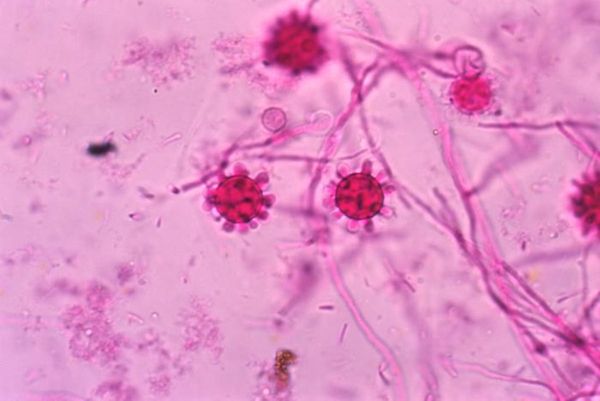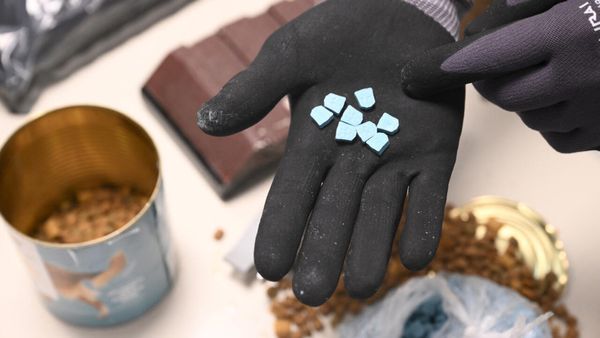A regional New South Wales town continues to grapple with the issue of removing a statue of Australia's first prime minister, Sir Edmund Barton, who many believe left a legacy of "racism".
The statue sits in a prominent riverside location in Port Macquarie's Town Green, beside an Aboriginal burial ground and campsite, where its location has sparked controversy and a campaign to have it removed.
Sir Edmund played a key role in drafting the national constitution and his government passed the Immigration Restriction Act, a forerunner to the White Australia policy.
Janet Cohen was the project officer who oversaw his statue's installation in 2001 and has written a discussion paper to try to move the issue forward after debate opened with the Port Macquarie Hastings Council (PMHC) in 2020 but did not progress.
Ms Cohen said she felt conflicted in her role at the time and writing the paper was like "restorative justice".
"Right from the word go, I didn't feel comfortable about the subject matter or the site," she said.
"[Sir Edmund's] involvement in the White Australia policy and his explicit racism continued to impact on Birpai people for generations, so it's not just the man but the institution, policies, and practices."
Statue next to burial site
The statue sits just 10 metres from a site where five skeletal remains were discovered, dated to be more than 1,880 years old.
In November 1995, during Town Green upgrade works, PMHC workers unearthed the burial site of five Birpai ancestors, according to a restricted report completed in 1996 by Dr Peter Brown from the Department of Archaeology and Palaeoanthropology at the University of New England.
While there were only remains of five women unearthed, it was suggested in the report that there could be more skeletons at the site, undisturbed by the dig.
"Rather than ignoring the fact that skeletal remains were found and this was a major Birpai campsite, let's celebrate the fact that here we have evidence of one of the oldest living cultures and continuing cultures of the world," Ms Cohen said.
The discussion paper referenced that the archaeological dig also unearthed almost 2,000 Aboriginal artefacts — largely stone off-cuts making it apparent the site was an occupied Birpai campsite.
Dr Brown noted that it was not uncommon for women and children to be buried in Aboriginal midden sites — which usually contained evidence of food preparation and feasting activity, such as high concentrations of shell, bone, stone tools, and charcoal.
The remains were reburied, as requested by the Birpai community, more than 25 years ago, and Ms Cohen said there had been little acknowledgement of the area as a Birpai occupation site since then.
Birpai voice 'not included'
Birpai woman Arlene Mehan was the driving force behind the 2020 petition, which collected 5,000 signatures to have the statue removed.
She felt disappointed with the council for not doing anything about removing the statue since then.
"Disappointment that the community would rather acknowledge and honour one side of history but not the other," Ms Mehan said.
"Our voice is not included in how our culture is represented in the local visible space.
"At this moment in 2022, it doesn't feel like it's acknowledged appropriately as a burial site."
Ms Cohen said a local Birpai memorial garden, which was installed on the Port Macquarie Town Green in 2003, was "extremely low profile and modest".
"As is the small plaque that acknowledges the existence of the Birpai people," she said.
"I would strongly recommend that a major public artwork is commissioned that celebrates Birpai culture, and that's over and above what happens to the Edmond Barton sculpture."
Relocation recommendations
The discussion paper made recommendations about having the statue relocated, and adding some interpretive signage.
It recommended relocating the statue to the courthouse, given Sir Edmund's previous career as a barrister and his role as a high court judge for more than 20 years.
Ms Mehan said the removal of the statue would be symbolic in many ways.
"A public artwork in that space [would] show that we are a diverse community that does not uphold racism," she said.
An Aboriginal Advisory Group (AAG) was formed in July 2021 but it needs a quorum to advise on the discussion paper.
PMHC declined to comment until the discussion paper had been tabled with the AAG.







